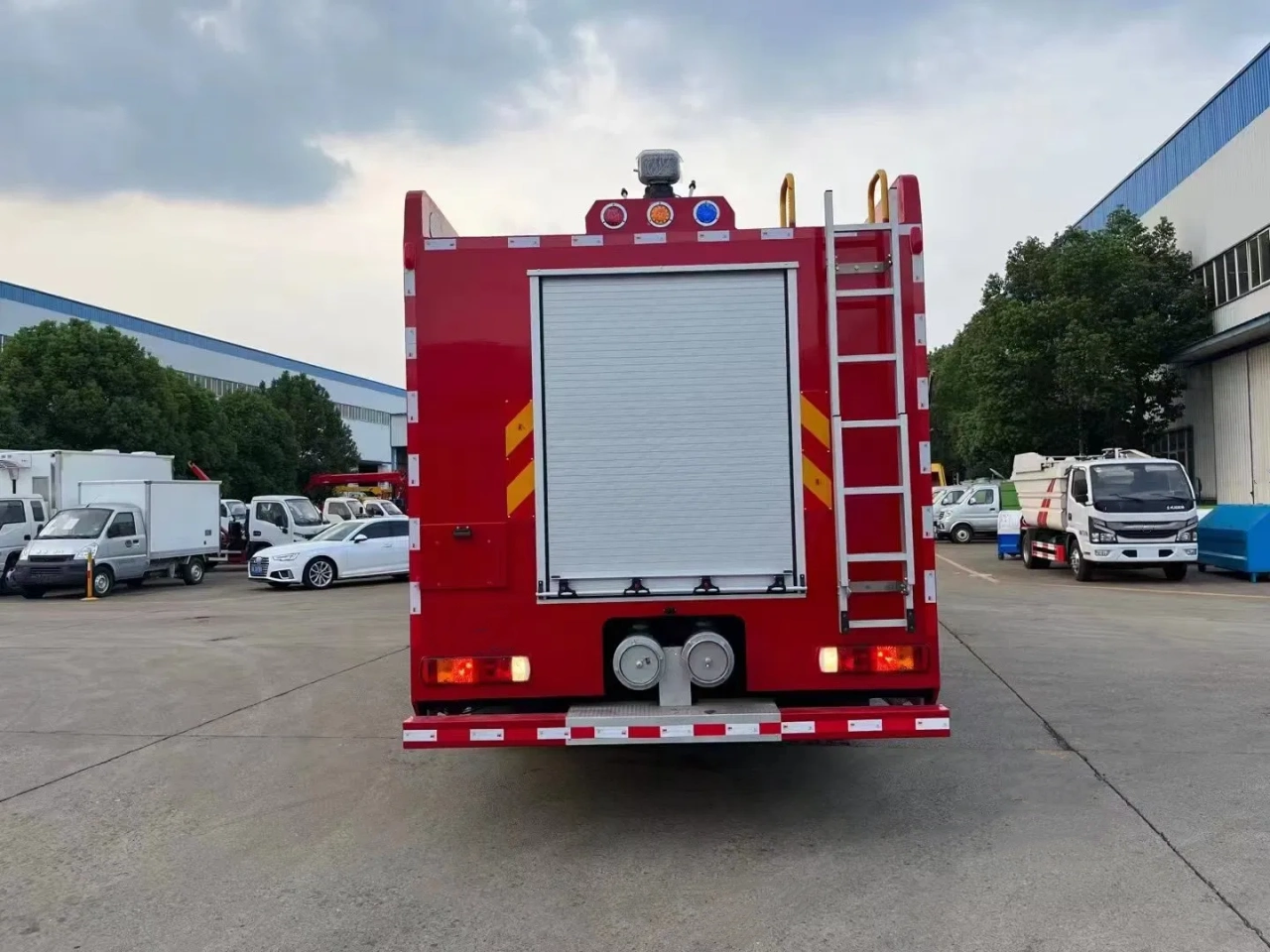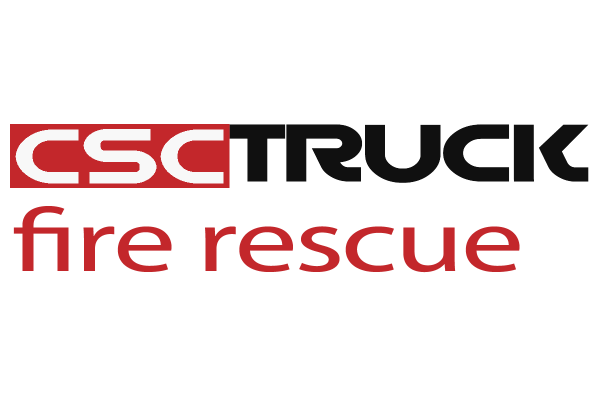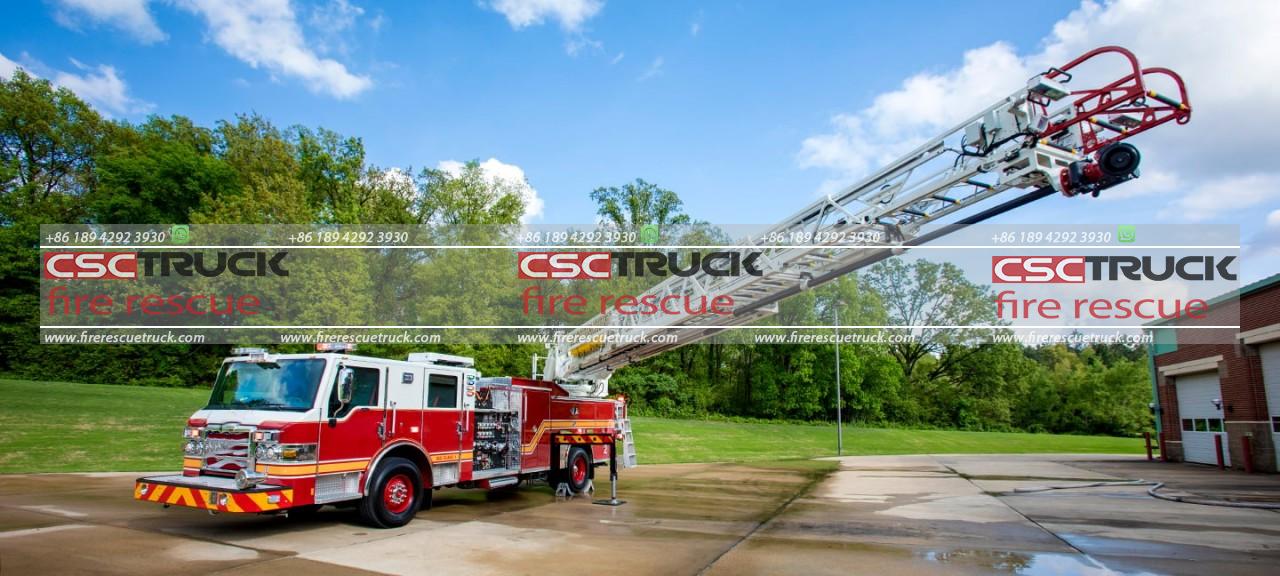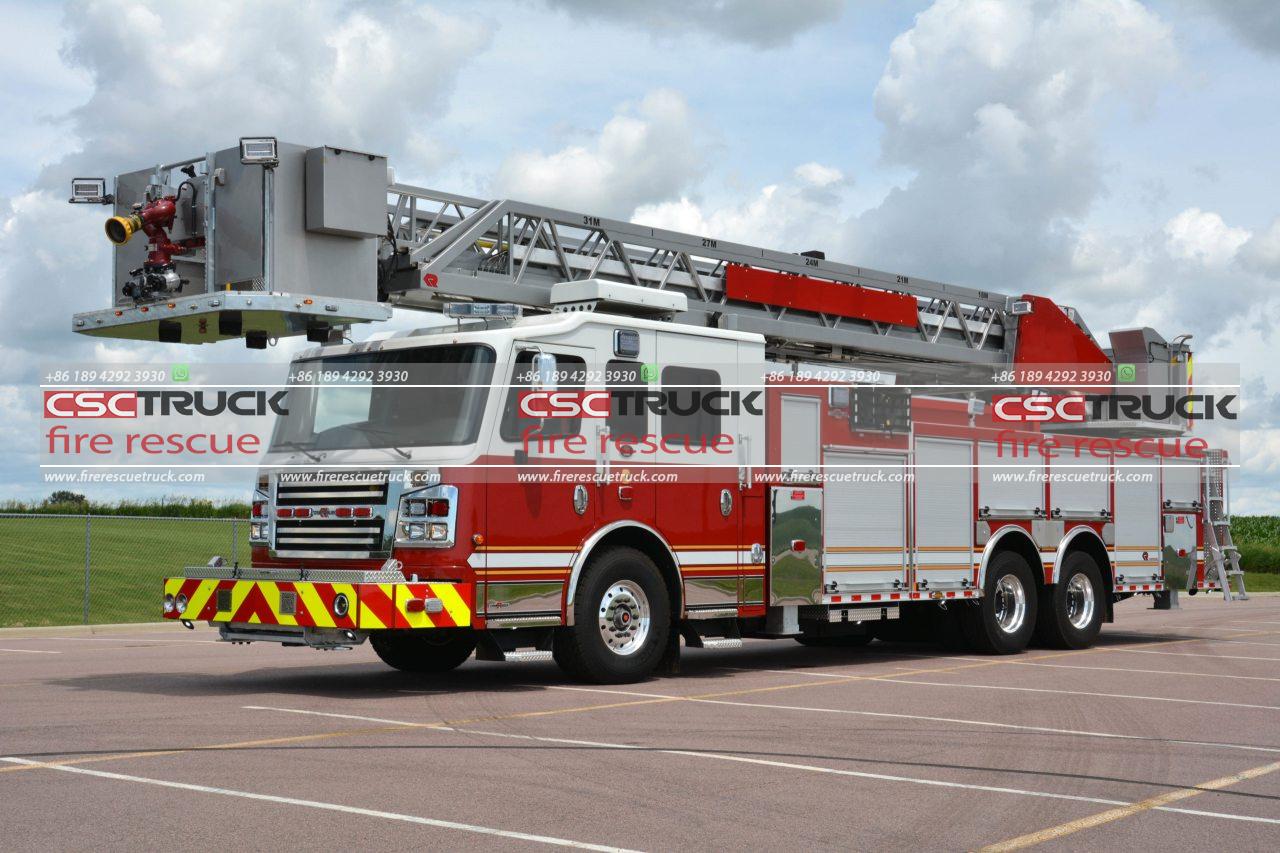When a fire breaks out, one of the most iconic and vital tools in combating the flames is the fire truck hose. It’s the high-pressure lifeline between the water source and the inferno, used by firefighters to extinguish blazes and protect lives and property. But just how powerful is a fire truck hose? The answer involves examining several factors, including water pressure, flow rate, hose diameter, nozzle type, and the design of the fire truck’s pumping system.
The Basics of a Fire Truck Hose
A fire truck hose, or fire hose, is a flexible tube used to carry water from the fire engine’s pump to the fire. These hoses come in different types and sizes, each suited for specific situations:
- Attack hoses are used for direct firefighting operations and typically range from 1.5 to 2.5 inches in diameter.
- Supply hoses, also known as large-diameter hoses (LDH), are used to transport large volumes of water from a hydrant or other source to the truck, often 4 to 6 inches in diameter.
- Booster hoses are smaller and more rigid, usually around 1 inch in diameter, and are used for smaller fires or mop-up operations.
Each type of hose plays a specific role, but when people refer to the power of a fire truck hose, they’re generally referring to the attack hose used by firefighters on the front lines.
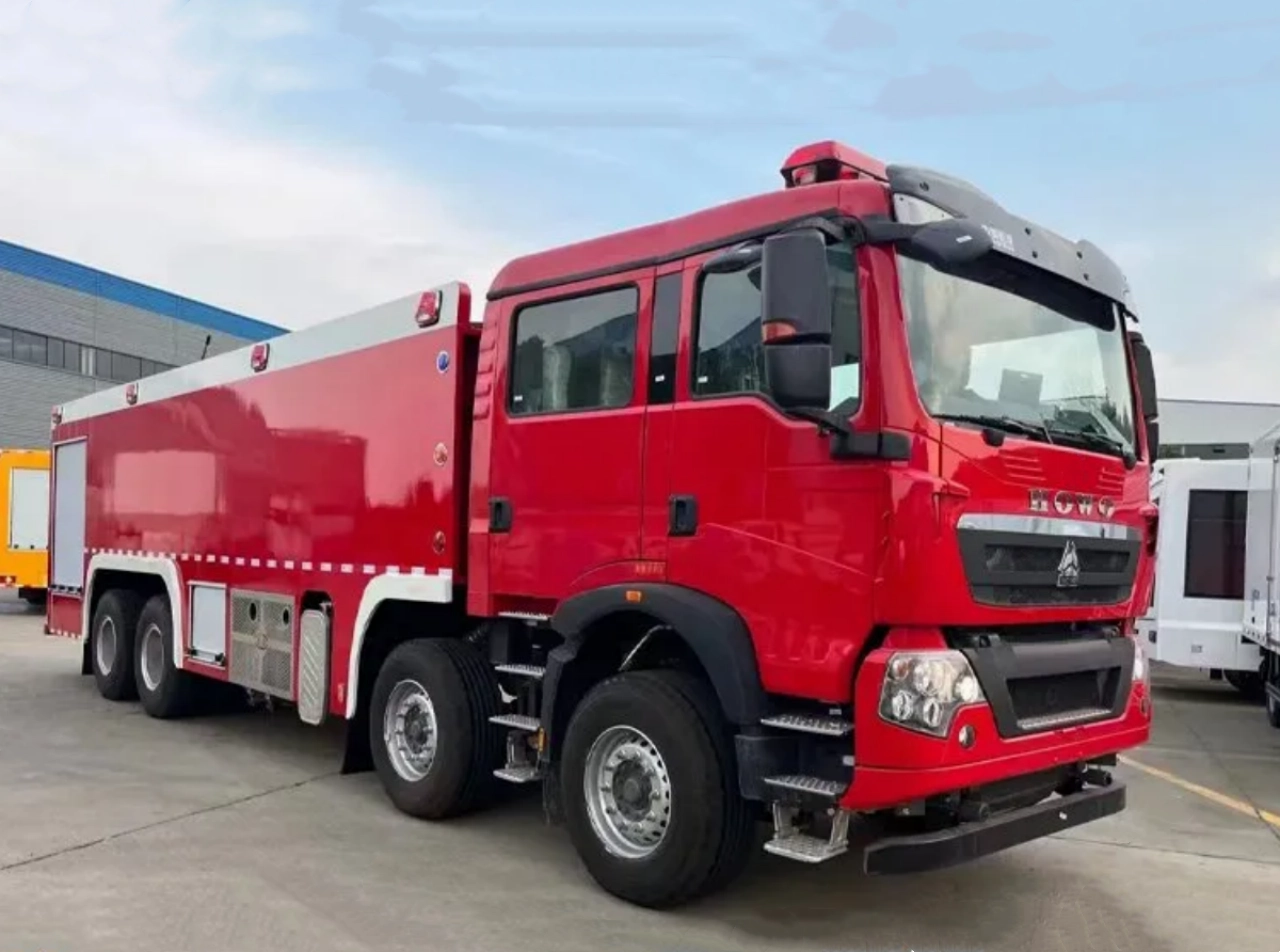
Water Pressure and Flow Rate
The power of a fire hose is defined largely by 2 characteristics: Pressure and flow rate.
- Water pressure is measured in pounds per square inch (psi).
- Flow rate is measured in gallons per minute (GPM).
Most modern fire engines can produce water pressure up to 300 psi, although typical firefighting operations use pressures between 100 to 250 psi, depending on the scenario. For example, a 1.75-inch attack line might operate effectively at around 150 psi.
The flow rate can vary greatly depending on the hose diameter and nozzle. A common 1.75-inch attack line can deliver 120 to 180 GPM, while a 2.5-inch line can deliver upwards of 250 to 300 GPM or more. For comparison, a standard residential shower flows at about 2 to 2.5 GPM.
Force and Impact
The sheer force of water coming from a fire hose is enough to knock a person down. This is why firefighters are often seen bracing themselves or working in pairs when operating large hoses. The force is not just about volume; It’s also about velocity and pressure.
For example, water coming out of a hose nozzle at 100 psi travels at about 100 feet per second—that’s nearly 70 miles per hour. The kinetic energy at this speed gives the water enough impact to break through windows, penetrate smoke-filled rooms, and disrupt the combustion process at the heart of a fire.
Some nozzles can be adjusted to produce a narrow, high-impact stream or a wide spray pattern depending on the needs of the moment. A straight stream can reach up to 100 feet or more, depending on conditions, while a fog pattern is better for close-in work and heat shielding.
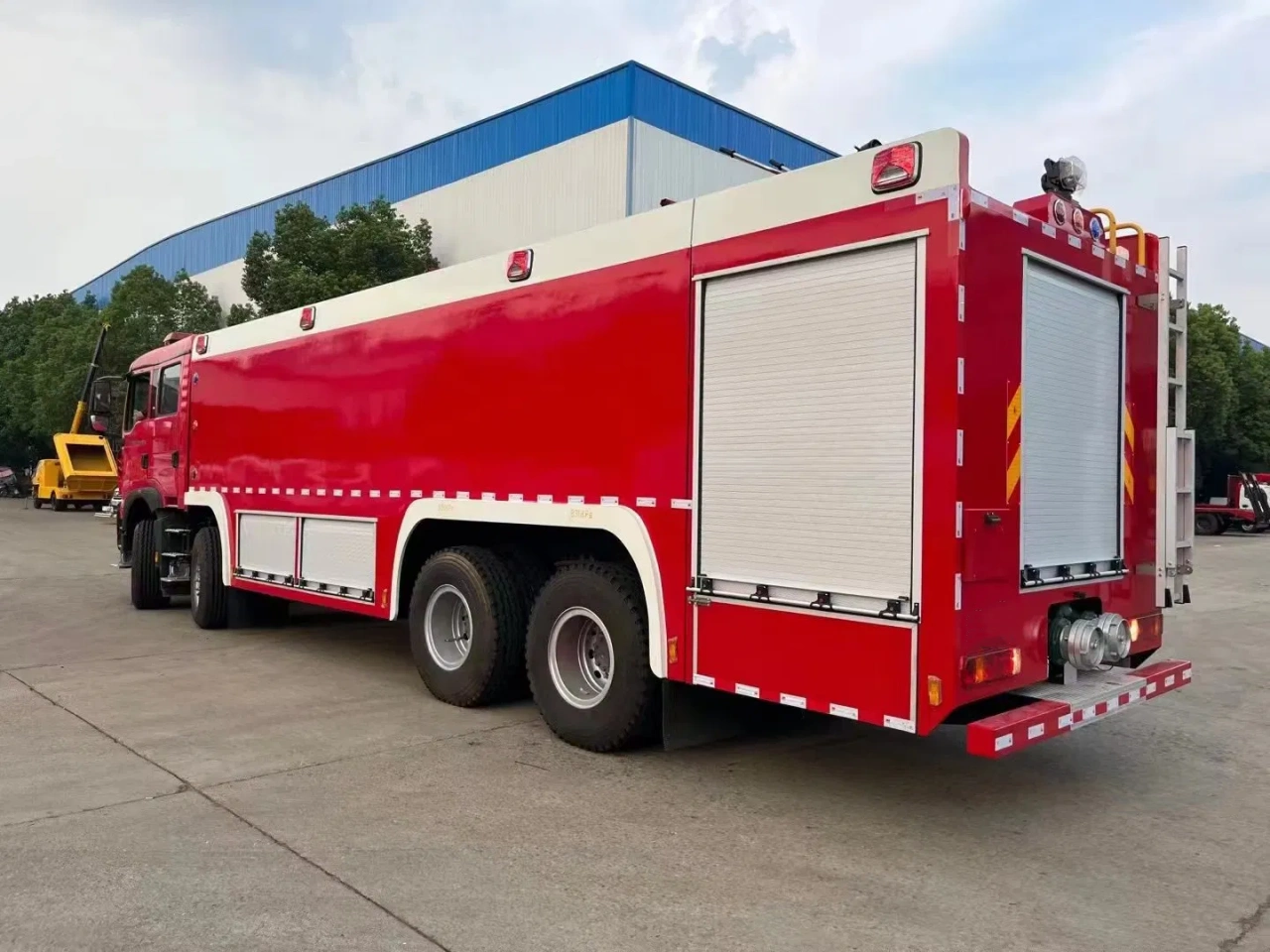
Pumping Systems
A fire hose is only as powerful as the pumping system behind it. Most fire trucks are equipped with centrifugal pumps powered by the truck’s engine or a dedicated motor. These pumps can supply multiple hoses simultaneously at different pressures. A typical pumper truck might have a pump rated for 1,000 to 2,000 GPM at 150 psi.
To enhance performance, some fire departments use high-pressure pump systems that can deliver water at pressures up to 400 psi. These are particularly useful for high-rise firefighting or wildland firefighting where long hose lays are necessary and pressure loss due to elevation and friction is a concern.
Friction Loss and Hose Length
One critical factor that affects hose performance is friction loss—the pressure drop that occurs as water flows through the hose due to resistance. The longer and narrower the hose, the greater the friction loss.
For example, a 1.75-inch hose operating at 150 GPM may lose 15 to 20 psi for every 100 feet of hose. This is why fire trucks are often positioned as close as possible to the fire, and why supply hoses are used to bring large volumes of water from hydrants or tanker trucks to the pumper.
To combat friction loss, firefighters may use multiple lines in parallel or increase pump pressure to ensure adequate flow at the nozzle.
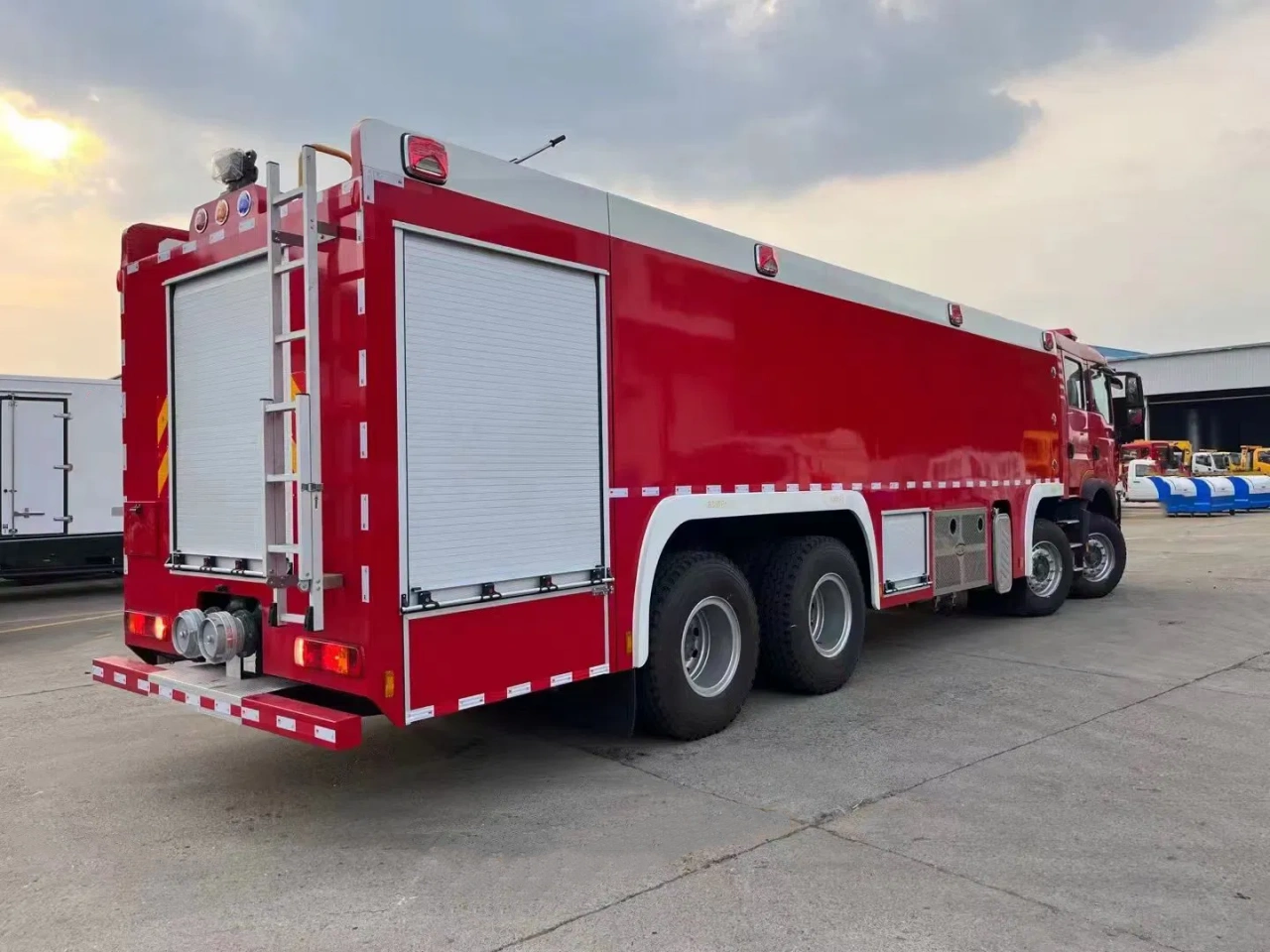
Specialty Hoses and High-Power Systems
In some cases, fire departments use ultra-high-pressure (UHP) systems, especially in military or aircraft rescue scenarios. These systems can deliver water at 1,000 psi or more, though with a lower flow rate, typically 10 to 20 GPM. The high velocity of the water stream makes these hoses effective for penetrating deeper into materials and suppressing fires more efficiently with less water.
Some fire hoses are also used to deliver foam, wetting agents, or chemical suppressants. In these cases, the power of the hose must be sufficient to mix and propel these agents effectively, sometimes through special nozzles or foam eductors.
Safety and Training
Operating a fire hose is physically demanding and requires training. A fully charged hose can weigh hundreds of pounds, and controlling the recoil and reaction force of a high-pressure stream takes strength and coordination. Firefighters train extensively to advance hoses under pressure, manage nozzle patterns, and communicate effectively while under duress.
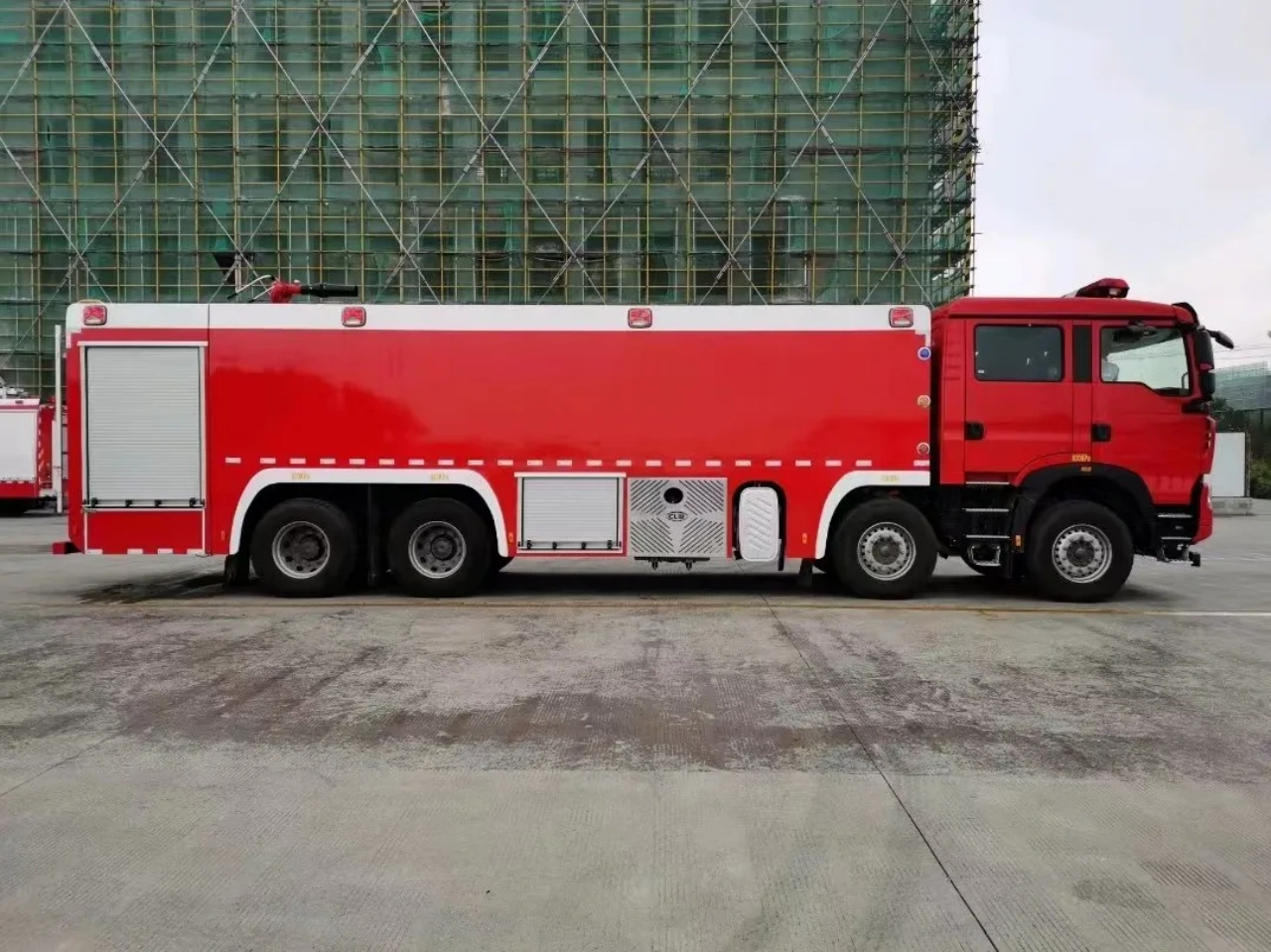
Real-World Examples
To illustrate the power of a fire hose, consider these real-world scenarios:
- High-rise firefighting: Firefighters may need to pump water up 10 or more stories. The pressure required to overcome vertical elevation (roughly 5 psi per floor) means that the pump must deliver at least 100 psi just to reach the 10th floor, before any water exits the nozzle.
- Wildfire suppression: Hoses must stretch over long distances through rugged terrain. In these cases, portable pumps and high-pressure systems help maintain adequate flow despite the long hose lengths.
- Industrial fires: Larger diameter hoses and master stream devices, like deck guns or aerial nozzles, can deliver 1,000 GPM or more, creating a curtain of water to protect exposures or cool storage tanks.
Conclusion
So, how powerful is a fire truck hose? In simple terms, very powerful. Capable of delivering hundreds of gallons of water per minute at pressures that can break windows, knock people down, and penetrate the heart of a raging fire, a fire hose is one of the most potent tools in firefighting. It’s backed by sophisticated pump systems, high-quality engineering, and the physical skill of trained firefighters. Whether in urban environments, wildland settings, or towering high-rises, the fire truck hose stands as a testament to both human ingenuity and the relentless battle against fire.
